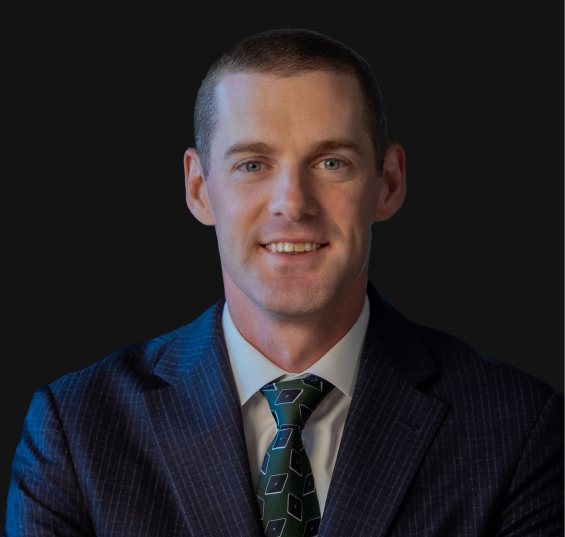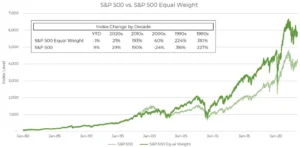Please find our comments below on the recent developments in the banking industry. Do not hesitate to reach out if you have additional questions or concerns. We will communicate where necessary as events unfold.
Fidelity
Fidelity is not a bank and does not use client cash to loan money or purchase securities. Client cash is insured up to $500,000 through Securities Investor Protection Corporation (SIPC). Fidelity purchased additional coverage from Lloyds of London, which protects $1.9 million of cash per client.
The money market funds used to hold cash in client accounts are primarily invested in ultra short-term US government debt obligations, which are backed by the full faith and credit of the United States.
What Caused the Silicon Valley Bank to Collapse?
Like many things, there’s a technical and common-sense business explanation. In this case the two are intertwined. First, the business context. Silicon Valley Bank (SVB) had an unusually small number of account holders for how many dollars they held in deposit. The deposit base was also geographically and industry concentrated. The bank grew substantially over the last decade holding cash deposits for startups. As those startups began having difficulty raising new capital, they increasingly drew down their deposits at SVB.
Now for the technical part. In simple terms, banks make money by loaning out deposits at a higher rate than they pay customers on those deposits. Before 2022, SVB had a lot of cash and not enough prospective loans to make. So, SVB invested a portion of deposits in US government bonds. When it bought these bonds, it was required to designate its new bond holdings as either held-to-maturity or available-for-sale.
Panic arose when it became clear SVB would need to liquidate a portion of their government bonds held in the available-for-sale bucket. This would not be overly concerning but for the fact that the realized losses to ensue would have left the bank undercapitalized (recall how bad the bond market was in 2022—this hit SVB’s holdings particularly hard). The bank also couldn’t sell assets from its held-to-maturity bucket because doing so would have required them to revalue all assets in the bucket to market value, also leaving the bank undercapitalized.
When the bank announced that it would raise cash through a stock sale to address the capitalization problem, depositors rushed to the doors and the rest is history.
What Does This Mean for Other Banks?
SVB, Signature, and First Republic faced unique dynamics which don’t appear as relevant to other banks at this stage. In particular, these banks had similar, concentrated deposit bases who withdrew capital in concert over the last 12+ months placing pressure on poorly managed bank balance sheets.
We note that the banks currently under pressure are outliers in terms of their balance sheet risk management and concentrated customer bases. Nonetheless, the Treasury Department, Federal Reserve, and FDIC, have opened lending programs to help banks meet withdrawal demands and avoid a crisis in depositor confidence across all banks.
JGP Exposure
In keeping with our emphasis on balance sheet quality, JGP does not own undercapitalized banks. Out of extreme caution, we have removed one bank holding from our models and reallocated proceeds to remaining bank holdings. We are constructive on America’s banks and confident in the long-term stability of the industry. This is a moment where one business’ folly is another’s gain and Ben Graham’s “Mr. Market” is putting well-run businesses on sale.
We will continue to monitor all the businesses we own for any risks associated with this or other market events.
Conclusion
You will likely hear the word confidence a lot if you turn to the financial news in the coming days. Take heed to keep a level head and remember that confidence at JGP is not only a cornerstone of our investment philosophy, it is core to all we do.






